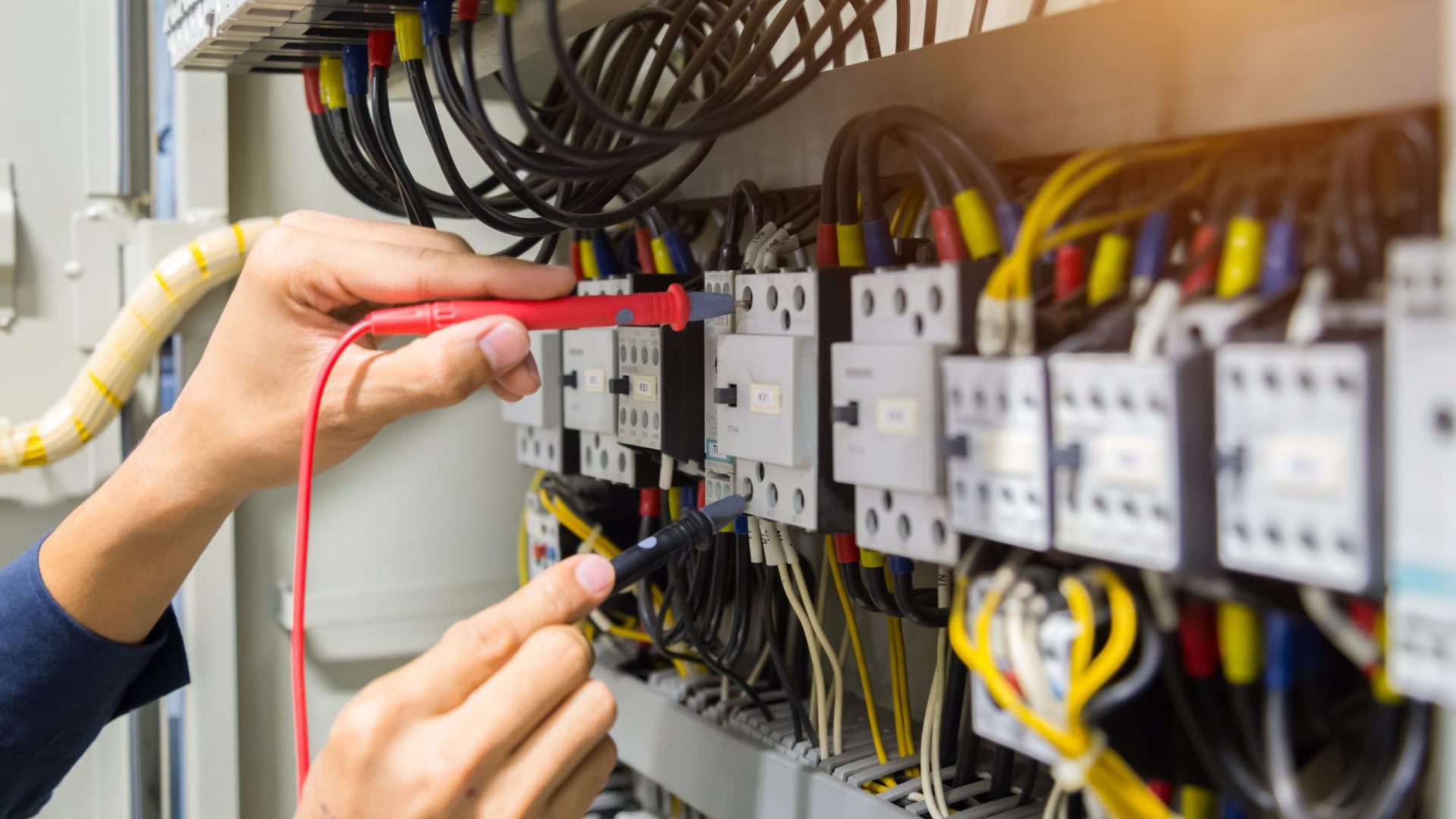When working with Light Emitting Diodes (LEDs), it is crucial to understand the polarity of the wires to ensure proper functioning and prevent damage. In this article, we will delve into the intricacies of determining which wire is positive and negative on an LED, providing valuable insights for both beginners and experienced enthusiasts in the field of electronics.
- Understanding LED Polarity:
LEDs are polarized components, meaning they have a specific orientation for correct operation. The two wires connected to an LED are known as the anode (positive) and cathode (negative). Identifying these wires correctly is essential to avoid reverse biasing the LED, which can lead to malfunction or even permanent damage. - Visual Inspection:
One common method to determine the polarity of an LED is through visual inspection. In most cases, the longer wire is the anode (positive), while the shorter wire is the cathode (negative). This convention is based on the manufacturing process and can serve as a reliable indicator, especially for standard LEDs. - Multimeter Testing:
For situations where visual inspection is inconclusive or for specialized LEDs with non-standard wire lengths, using a multimeter can provide a definitive answer. Set the multimeter to the diode testing mode and touch the probes to the LED wires. A forward voltage drop indicates the anode, while a reverse reading suggests the cathode. - Datasheet Reference:
In cases where the LED wires are identical in length or if uncertainty persists, referring to the LED datasheet is a foolproof method. The datasheet provides detailed information about the LED, including the pinout configuration, forward voltage, and maximum current rating, enabling precise identification of the positive and negative terminals. - Importance of Correct Polarity:
Ensuring the correct polarity of an LED is crucial for maintaining its longevity and performance. Reverse biasing an LED can lead to overheating, reduced lifespan, or complete failure. By correctly identifying the positive and negative wires, you can optimize the functionality of the LED and prevent costly mistakes.
Conclusion:
In conclusion, understanding how to identify the positive and negative wires on an LED is fundamental for anyone working with electronic components. Whether through visual inspection, multimeter testing, or referencing the datasheet, taking the time to determine the correct polarity can save you from potential errors and enhance the reliability of your LED circuits. Remember, getting the polarity right is the first step towards illuminating success in your electronic projects.


